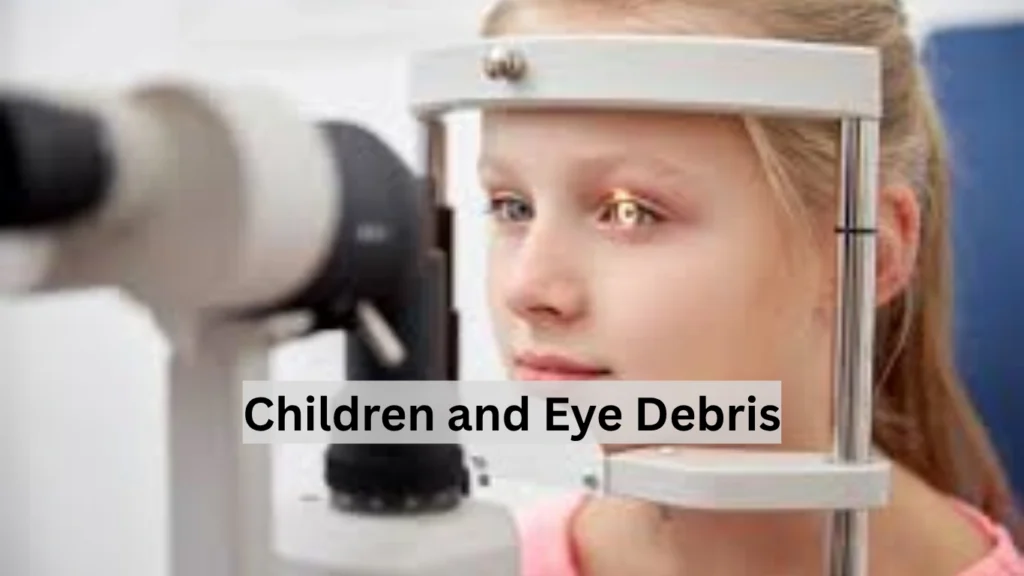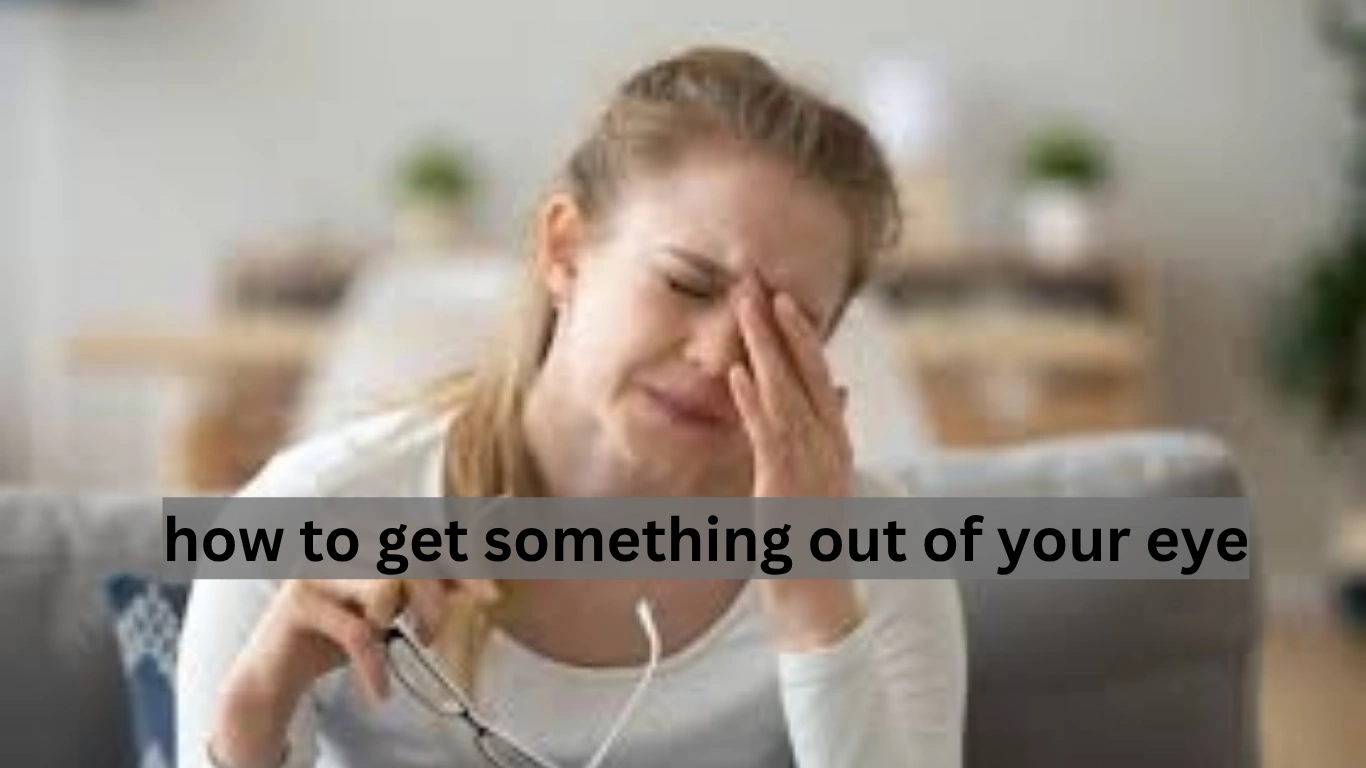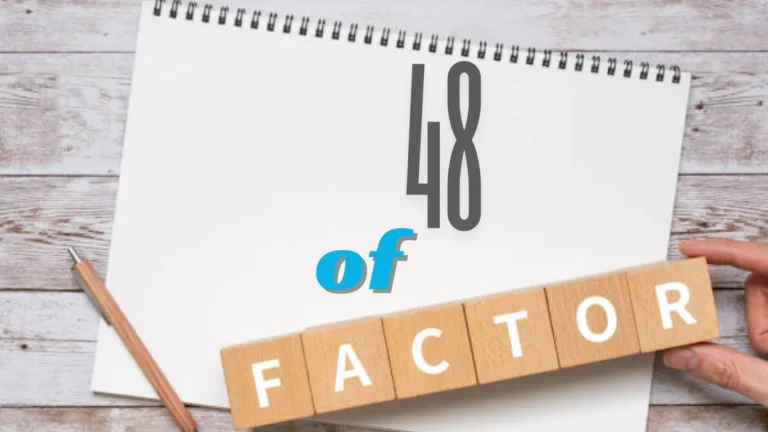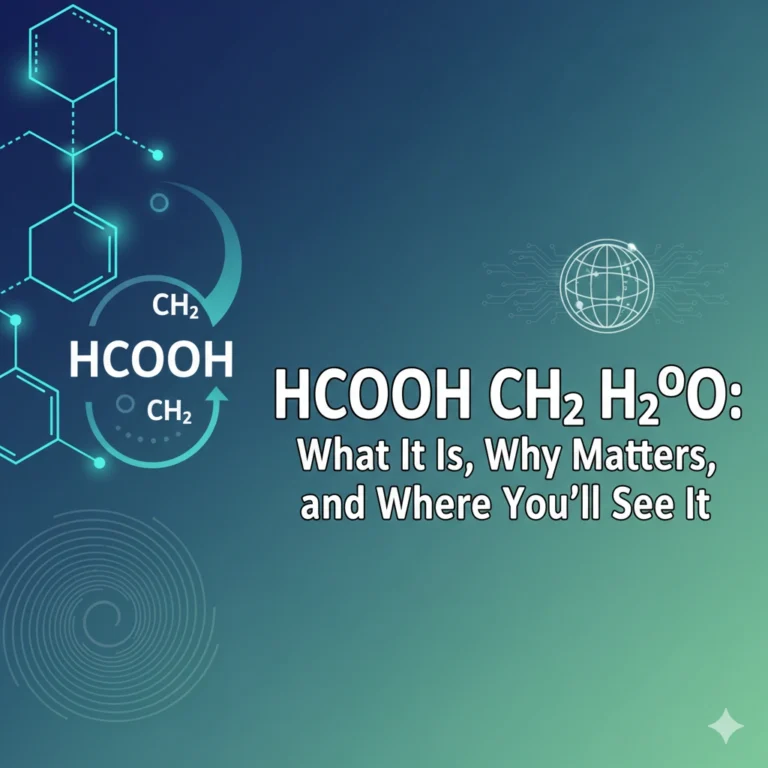How to Get Something Out of Your Eye Safely
Getting something in your eye is not just uncomfortable it can be dangerous. Whether it’s a speck of dust, an eyelash, or something more serious like metal or glass, knowing how to get something out of your eye safely can prevent further irritation or damage. Your eyes are sensitive, and improper handling can cause infection, corneal scratches, or long-term vision issues. This guide will walk you through what to do, what to avoid, and when to seek help.
What Happens When Something Gets in Your Eye?
Your eyes have a natural defense system that includes blinking, tearing, and eyelashes to trap or remove particles. Despite this, small objects often get past these defenses. When that happens, you may feel pain, excessive tearing, blurred vision, redness, or a gritty sensation. Most of the time, a foreign object in the eye isn’t serious, how to remove eyelash eye but it feels extremely irritating. If the object is sharp or embedded, it can cause damage that requires medical attention.
Safe Methods on How to Get Something Out of Your Eye
Before you start touching your eye, always wash your hands thoroughly with soap and water. Touching your eye with dirty fingers can lead to infections. Once your hands are clean, try the following safe methods:
Blink Repeatedly
Sometimes, simply blinking several times rapidly helps the eye produce enough tears to flush the object out. This is effective for light debris like dust, sand, or an eyelash.
Use Clean Water or Saline Solution
If blinking doesn’t work, gently rinse your eye with lukewarm, clean water or sterile saline. Use a small cup to pour the water across your eye from the inner corner outward, or use an eyecup if available.
Pull Your Upper Eyelid Over the Lower One
This method works especially well if something is stuck underneath your upper eyelid. Gently pull your upper eyelid over the lower one. The lashes from the bottom lid may help brush the object away.
Use a Mirror and Tissue
Look closely in the mirror. If you see the object on the white part of your eye or the inside of your lower lid, use a damp tissue or cotton swab to carefully remove it. Never use tweezers or sharp tools.
When NOT to Remove It Yourself
Sometimes it’s not safe to try removing the object yourself. Seek medical help immediately if:
- The object is embedded in your eye
- Your vision becomes blurry or worsens
- You feel sharp or intense pain
- You were dealing with chemicals or hot debris
Table: Safe vs Unsafe Practices for Removing Eye Debris
| Action | Safe or Unsafe | Notes |
|---|---|---|
| Blinking rapidly | Safe | Stimulates tear production to flush the object |
| Rinsing with saline or clean water | Safe | Use clean, lukewarm water or sterile eye wash |
| Using sharp tools like tweezers | Unsafe | Can injure your eye and increase the risk of infection |
| Rubbing your eye harshly | Unsafe | May scratch your cornea or push the object in deeper |
| Flipping eyelid gently to check inside | Safe | Be gentle and use a mirror for better visibility |
| Attempting to remove an embedded object | Unsafe | Seek immediate medical help |
How to Get Something Out of Your Eye at Work or Outdoors
Outdoor environments or workplaces often involve dust, metal shavings, or chemicals. In such cases, how to remove eyelash from eye depends on the setting and the object involved.
At work, especially in construction or factories:
- Use an eyewash station immediately.
- Report the incident to your supervisor or safety team.
- Wear protective goggles at all times to prevent recurrence.
Outdoors, if clean water isn’t available:
- Blink rapidly and try to move to a place with access to clean water.
- Avoid using unclean water sources like streams or ponds.
How Long Should Discomfort Last?
Minor irritation from an eyelash or dust should go away within a few hours after removal. If you still feel pain, redness, or discomfort after a day, visit an eye specialist. Persistent symptoms can indicate a scratched cornea or infection.
Simple Home Remedies to Avoid
Many people try questionable home remedies, but you should avoid:
- Using saliva to clean the eye (contains bacteria)
- Using milk or herbal solutions
- Pressing a cold spoon or raw food item on the eye
Stick to clean water, saline solution, or commercial eye drops only.
What If You Wear Contact Lenses?
Contact lens wearers should remove lenses before rinsing the eye. The lens may trap the foreign object, making it harder to flush out. Do not reuse the same lens immediately after removal use a new pair or thoroughly clean the old one.
Children and Eye Debris: What Parents Should Know

Children often rub their eyes when something gets in. Teach them not to do that. Instead:
- Help them blink rapidly
- Rinse their eyes gently with water
- Distract them while rinsing to reduce panic
If your child keeps complaining or the eye stays red, consult a pediatric eye doctor. Children’s eyes are delicate, and early care prevents long-term damage.
Prevention: The Best Protection
To avoid situations where you need to learn how to remove eyelash from eye, use protective eyewear in high-risk environments. When cooking, woodworking, cleaning with chemicals, or during sports, goggles can protect your eyes from splashes, dust, and debris. Also, keep your hands clean and avoid touching your eyes throughout the day. This habit helps prevent both debris and infections.
Conculsion:
Knowing how to get something out of your eye safely is important for everyone. From a simple speck of dust to a chemical splash, eye care must be handled with caution and proper steps. Always act gently, never panic, and seek help when needed. Your eyes are precious—protect them, treat them kindly, and they’ll serve you for life.
FAQs:
Can I sleep with something in my eye and hope it comes out?
No, sleeping can make the object embed further or cause infection. Try rinsing or seek medical help instead.
How do I know if the object scratched my eye?
Persistent pain, redness, or blurred vision may indicate a scratch. An eye doctor can confirm this with a simple test.
Are eye drops safe to use for removing debris?
Yes, lubricating eye drops can help flush out the object. Avoid using medicated drops unless prescribed.
Can rubbing the eye help?
No, rubbing can worsen the problem and lead to corneal abrasion. Use flushing or blinking methods instead.







